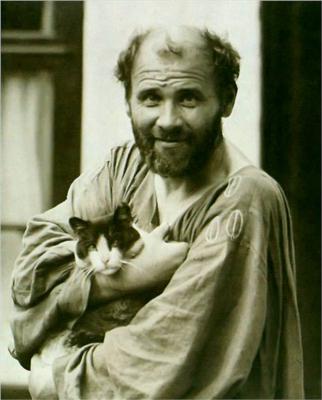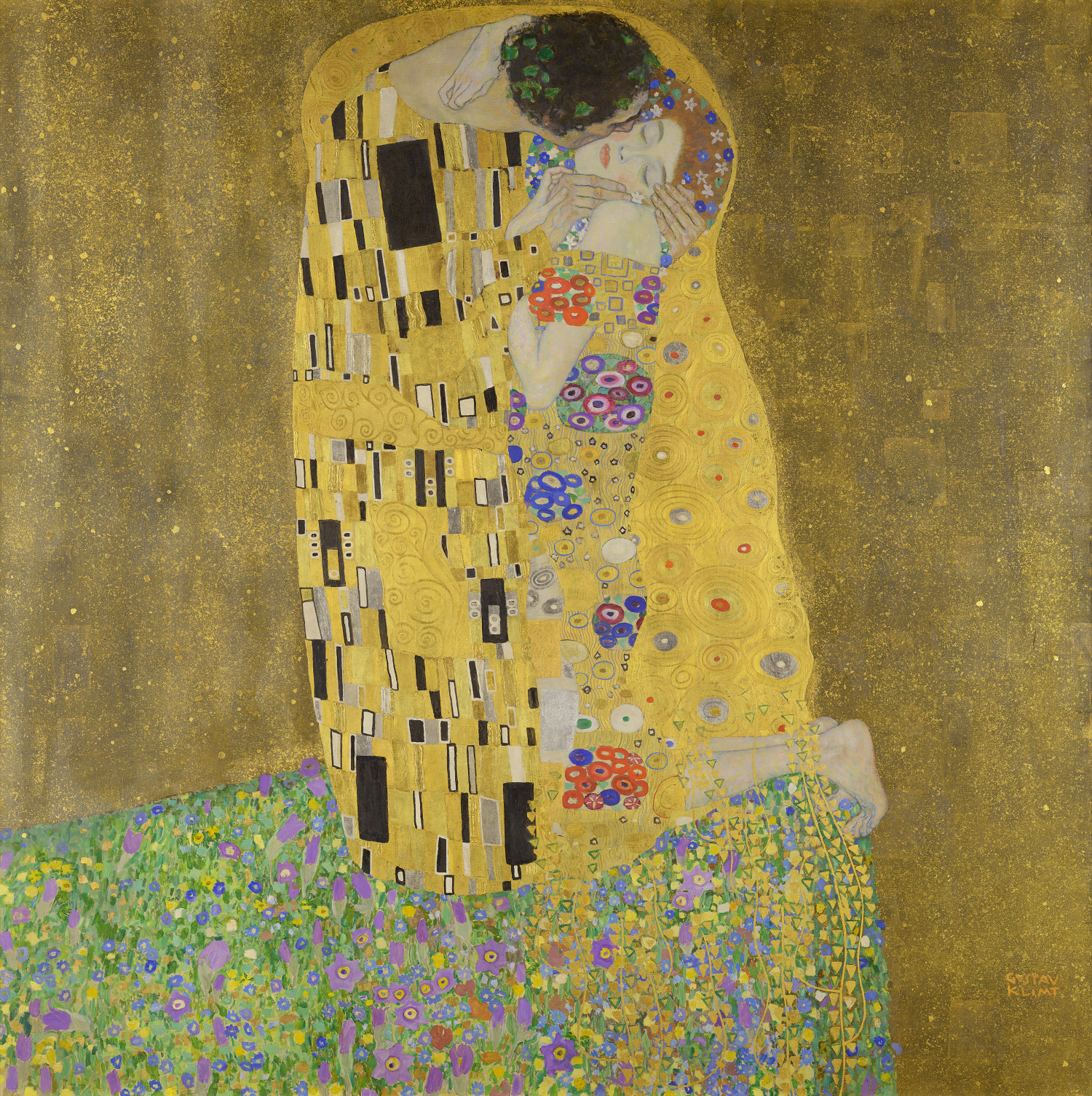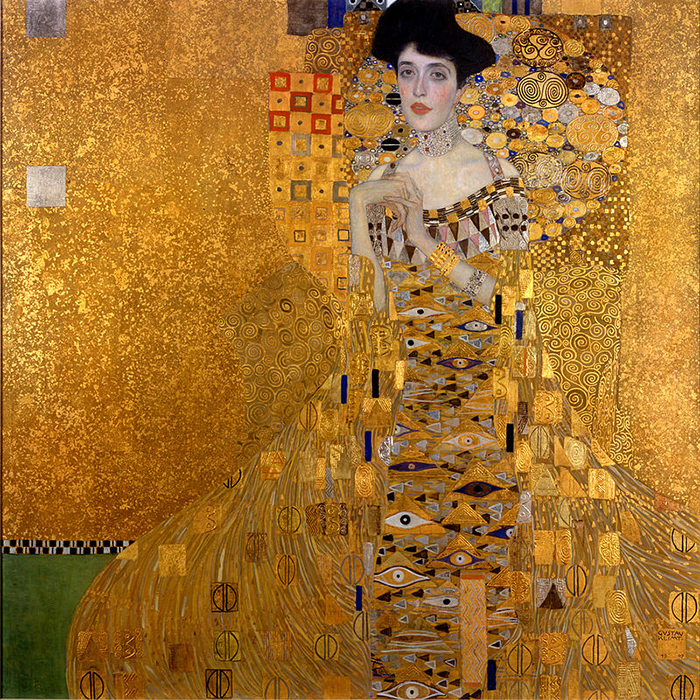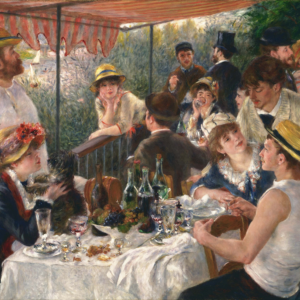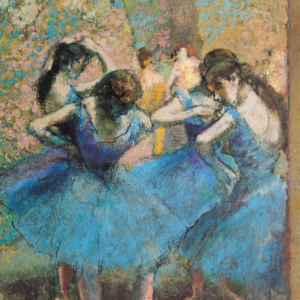Gustav Klimt
Austrian symbolist painter Gustav Klimt was a leading member of the Vienna Secession artistic movement. Many of his works feature a frank eroticism which were not without opponents, then as now.
Gustav Klimt was born in Baumgarden, just outside Vienna, in 1862. The son of a gold engraver, Klimt was awarded a scholarship to the Vienna School of Arts and Crafts in 1876, where he studied until 1883. He was trained as an architectural painter. During this time, he helped his teacher paint interior murals and ceilings in large public buildings on the Ringstraße. As a result of this and other efforts, Klimt was awarded the Golden order of Merit from Emperor Franz Josef I of Austria in 1888 as a token of appreciation for his contributions to the murals painted in the Burgtheater in Vienna. He was also made an honorary member of the University of Munich and the University of Vienna.
In 1892, Klimt’s father and brother died and he had to assume financial responsibility for their families. This change of circumstances was also reflected in his art. Around the same time, he met Emilie Flöge who were to become his life partner, in spite of his relationships with other women.
In 1897, Klimt became a founding member of the Vienna Secession. It was during this time that Klimt had also transformed the use of symbols and allegories into a more direct, sexual type of expression. Public outrage followed and his work was called pornographic. The period that followed was to change all this and bring critical success. This is the period known as Klimt’s golden phase. During this time, in the early 1900s, Klimt painted his best loved master pieces, like Adele Bloch-Bauer I, The Kiss and Judith I. The works were distinguished by the elegant use of gold and colored decorations to cover up the most blatantly erotic parts, while losing none of the implied meaning.
“All art is erotic.”
Art Nouveau
Klimt was among the most well-known and influential exponents of Art Nouveau, an artistic movement which spread throughout Europe in the late 19th century. In his approach to Art Nouveau, he was inspired by the work by artists like Aubrey Beardsley, as well as some features of Impressionist technique; He also borrowed motifs from Greek , Byzantine and Egyptian art.
As a working artist, Klimt lived a somewhat cloistered existence, devoted to his art and family and little else except the Secessionist Movement. He normally wore sandals and a long robe with no undergarments whenever at home. He avoided café society and other artists socially.
“Truth is like fire; to tell the truth means to glow and burn.”
However, his fame made patrons come to him, and he could afford to be highly selective. His method of painting was very deliberate and time consuming, requiring lengthy sittings by his subjects. Though very active sexually, fathering at least 14 children, he kept his affairs discreet and he avoided personal scandal.
Gustav Klimt died from a stroke and pneumonia in 1918. Among his most famous works are The Kiss, Judith I, Danae and Adele Bloch-Bauer I, the last of which was sold for USD 135 million on auction in 2006.

